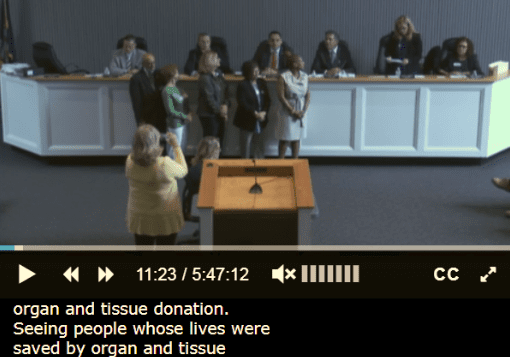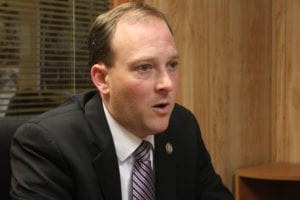The Setauket Fire Department’s Engine Company #1 firehouse is officially up and running.
Hundreds of residents, along with Setauket fire commissioners, legislators and volunteer firefighters, both local and neighboring, were on hand to celebrate the ribbon cutting of the renovated firehouse on the corner of Main Street and Old Town Road June 23.
Jay Gardiner, fire commissioner and chairman of the board, said the department has been serving the community for 108 years.
“Today we mark a milestone in that history as the beautiful new building you see in front of you is a reaffirmation of our commitment to this community, as well as a symbol of the dedication we have to the mission of the Setauket Fire Department, which is to ensure the protection of life and property to our residents,” Gardiner said.
The Setauket Fire Department, which also includes stations on Arrowhead Lane and Nicolls Road, has nearly 200 volunteers, career staff and support personnel who serve an estimated 95,000 people during the day and 26,000 residents in the evening, Gardiner said.
The fire district, which has its headquarters at Hulse Road, also covers Stony Brook University and its hospital in an about 28-square-mile area.
The fire commissioner said the new 23,000-square-foot Main Street facility includes solar heated water, LED lighting, energy recovery ventilation heating/cooling system, a large meeting room, training room and bunk rooms for overnight crews, while the entire building is Americans with Disabilities Act compliant.
“This structure is modern, yet it maintains the historical integrity of our building, complete with the brickwork matching the original building which faces 25A,” he said.
The original southeast corner that was once an asphalt parking lot, he said, is now a green space “to enjoy the view of the historical center of our town.” Gardiner said the fire department hopes the large glacial erratic rock that now sits on the green space will become a new landmark, and he joked that it was a “custom import” found during the excavation of the property.
Among those who spoke before the ribbon cutting was Paul Rodier, chief of department, who thanked the members and their families for their support, especially those who belong to Engine Company #1.
“You guys went without a building for about three years,” he said. “A lot of cold nights to stand by with no heat, plastic chairs.”
State Assemblyman Steve Englebright (D-Setauket) complimented the fire district for reaching out to the community when it came to renovating and adding on to the building.
“This is a triumph,” Englebright said. “What we’re really looking at is protection and security for our community that deserves both. We are looking at a monument to the creative cooperation between our civics and our fire service. This is in the heart of a historic district, so I really want to salute the fire department and fire district for working to make sure that the essence of this place, this place of Setauket, is reflected in the architecture and in the materials that this building is constructed of. Well done and thank you.”
Suffolk County Legislator Kara Hahn (D-Setauket), Brookhaven Town Supervisor Ed Romaine (R) and town Councilwoman Valerie Cartright (D-Port Jefferson Station) were also in attendance to present the fire department with proclamations.
“Today we’re looking at a building that some people said, ‘Well, it costs a lot of money,’ but 50 years from now we’ll look back and say what a wise decision was made to invest in a building that provides fire services and ambulance services to all the people in the Setauket area,” Romaine said.
After the speeches, William Engels, a 50-year veteran, cut the ribbon surrounded by his fellow firefighters, and the new alarm was sounded. The Setauket Elementary School band also performed during the event, and residents were invited to tour the new facility and to discuss volunteer opportunities with firefighters.
To view more photos from the event, visit www.tbrnewsmedia.com.


























